Africa Climate Week: Farmers get ahead of hunger as extreme weather sears southern Africa
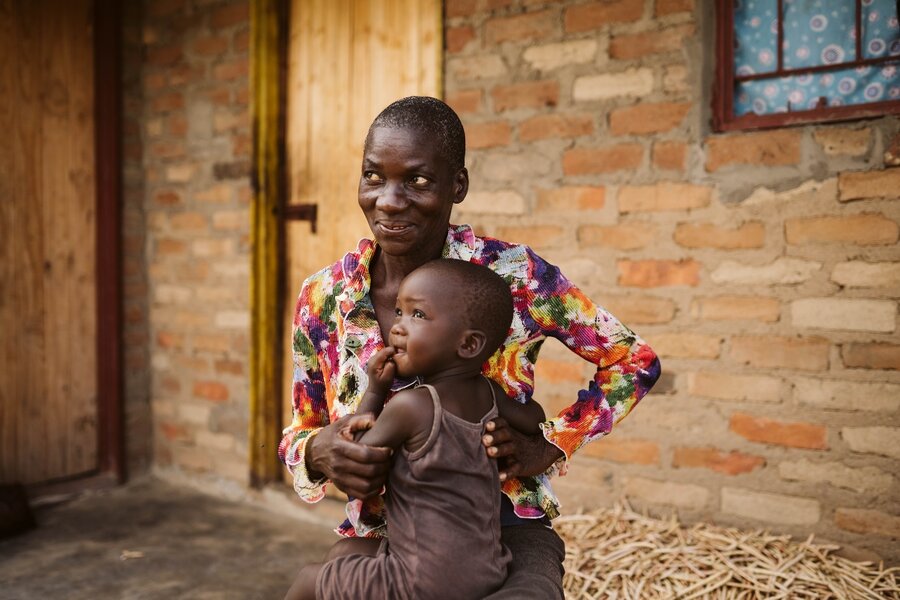
Shupikai Chaparapata points to the crops sprouting on either side of a sandy path cutting through her field in Zimbabwe’s northeastern Mudzi district. To her left, her maize is yellow and wilted from unrelenting dry weather. The blazing sun overhead promises more rainless days to come.
But hardy sorghum towers over Shupikai’s head to her right, its seeds almost ready for harvest.
“I don’t think there’s much maize to collect this year,” she says. “However, I will be able to harvest some sorghum, as this crop is doing much better.”
Packed with nutrients and native to Africa, drought-tolerant sorghum is a recent addition to Shupikai’s farm. Its seeds were part of a broader package of early action tools the World Food Programme (WFP) rolled out to subsistence farmers in Mudzi in late 2021, ahead of a looming drought.
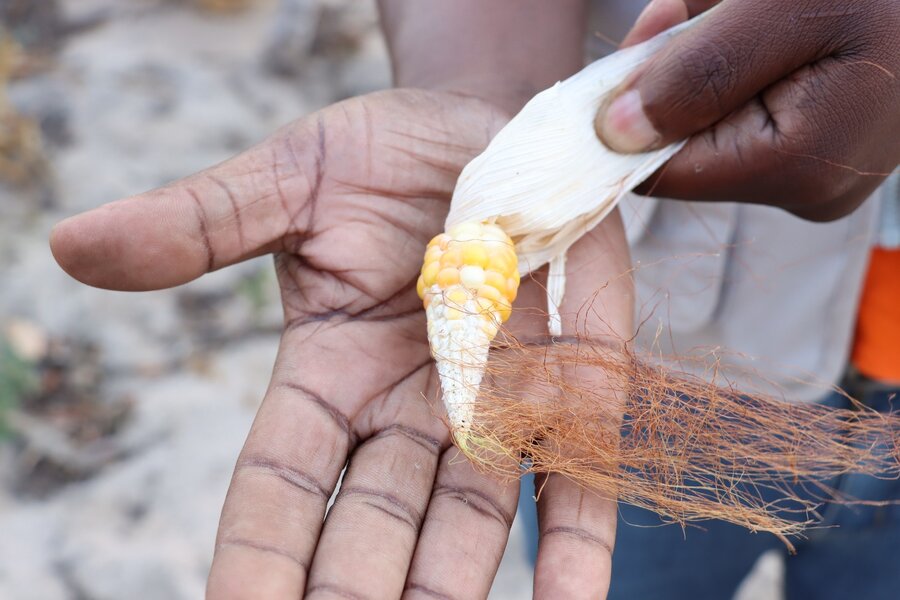
Now, with the return of the El Niño climate phenomenon, experts predict the effects of drought will intensify in parts of southern Africa in the coming months. WFP has moved to offset its fallout, launching our biggest effort in the region to date to trigger early warning messages, distribute drought-tolerant seeds and financing, and provide safe water to communities and livestock – under an approach more broadly known as anticipatory action.
Under the US$12.8 million initiative, WFP has teamed up with governments and humanitarian partners to reach more than half-a-million people with anticipatory action projects in four southern African countries: Zimbabwe, Mozambique, Madagascar and Lesotho. All four are expected to see below-normal rainfall and a dry spell through the October-to-December planting season. In Zimbabwe alone, we aim to reach 200,000 people.
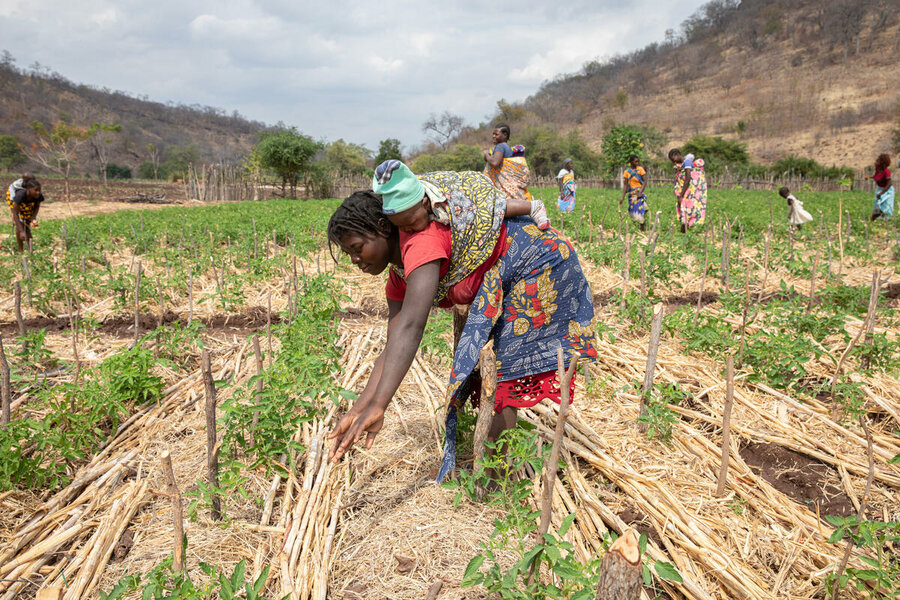
“We cannot afford to not act when we already know that early action saves lives and livelihoods,” says Menghestab Haile, WFP’s Regional Director for Southern Africa. “The cost of inaction is severe – both in terms of hardship faced by people living on the edge, but also in higher costs humanitarian actors and governments must pay to respond.“
Preparation is key
That sentiment drives WFP’s early action initiatives worldwide, as climate change makes extreme weather events more frequent and intense. Last year, WFP scaled up to reach more than 3 million people in 28 countries with financing and other proactive initiatives ahead of climate disasters, while supporting millions more to recover and build resilience after they struck.
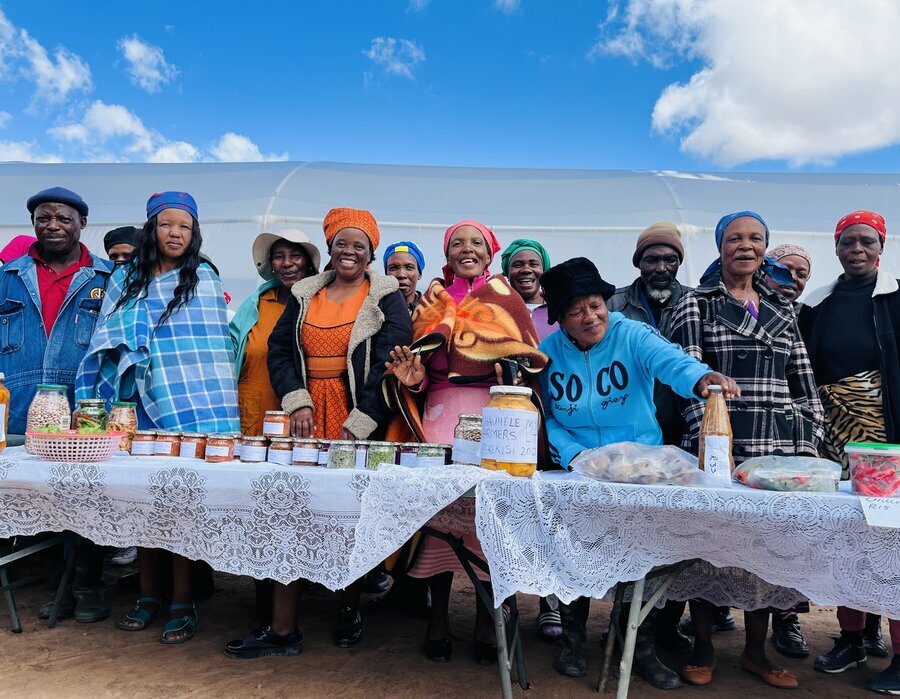
In southern Africa, where 90 percent of all farmers are smallholders, such actions are vital to fight hunger and strengthen resilience to climate shocks. Two years ago, WFP rolled out our first anticipatory initiative in the region, in Zimbabwe's Mudzi region. The goal: to prepare smallholders weeks before an expected drought threatened to cripple agricultural output.
Reaching nearly 33,000 people, the project included distributing drought-tolerant seeds and installing boreholes to ensure water supplies for communities and livestock. Well-timed mass text messages to farmers and local authorities, with detailed weather information, helped guide their decisions about what and when to plant.
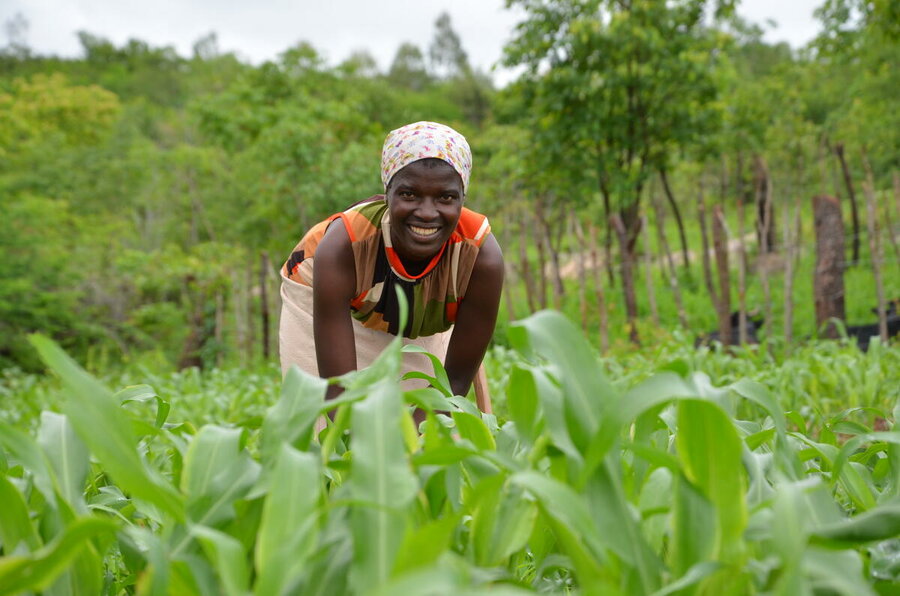
"They tell me whether it’s going to rain,” says Shupikai, as she scrolls through her phone messages. “With that, I know when to put fertilizer in my fields.”
“Forecasts, early warnings and weather information are not new tools, but they often remain in the hands of a few,” says Haile. “We want to share this intel with the most vulnerable people, especially those who are reliant on rain-fed agriculture, so they can make informed decisions to safeguard their families and livelihoods.”
Reaching tens of thousands
These activities complement others that help vulnerable people better anticipate and respond to climate change. In Mozambique – where our latest early action effort targets 150,000 people – WFP has separately enabled farmers to access climate insurance, for example, and trained them on soil conservation techniques.
“I sowed in March, but it didn't rain enough,” says Romencio Ernesto Sitoe, from southern Mozambique’s Gaza province. “WFP will help me today with the insurance pay-out, so that in the next season I can buy seeds.”
In Lesotho, where a severe drought is forecast, WFP is rolling out our first anticipatory programme in the country – aiming to reach more than 100,000 people – and supporting government efforts on preemptively responding to climate hazards, including through better weather forecasting.
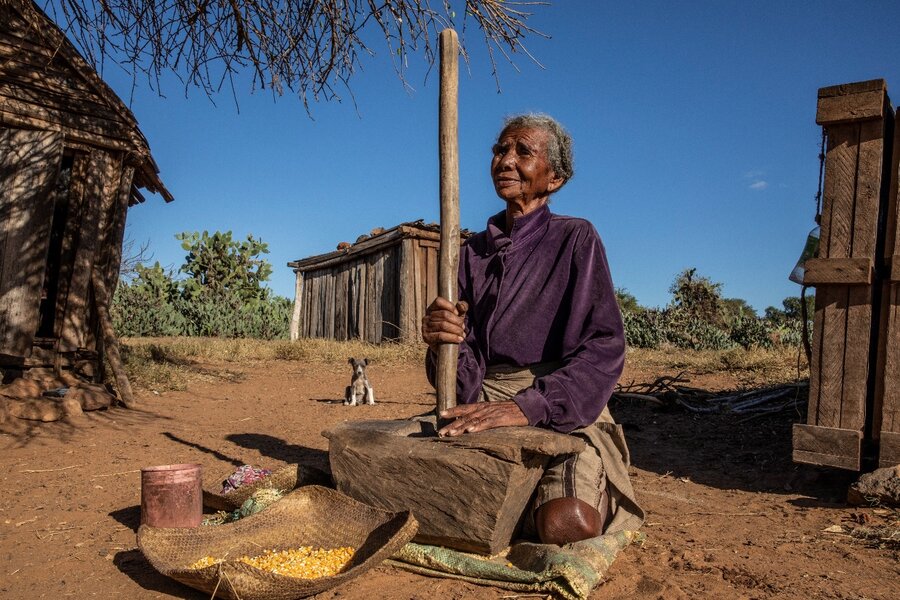
A similar initiative is also underway in Madagascar, where years of severe drought is a major contributor to soaring hunger and malnutrition.
“If it doesn’t rain, we cannot cultivate,” says Tsiahela, a 93-year-old farmer from the south, recalling hard times surviving on prickly pear cacti and WFP support. “But I have to stay on my ancestral land.”
With more dry weather looming, WFP’s latest early action plan aims to assist 100,000 Malagasy famers like Tsiahela in two southern districts.
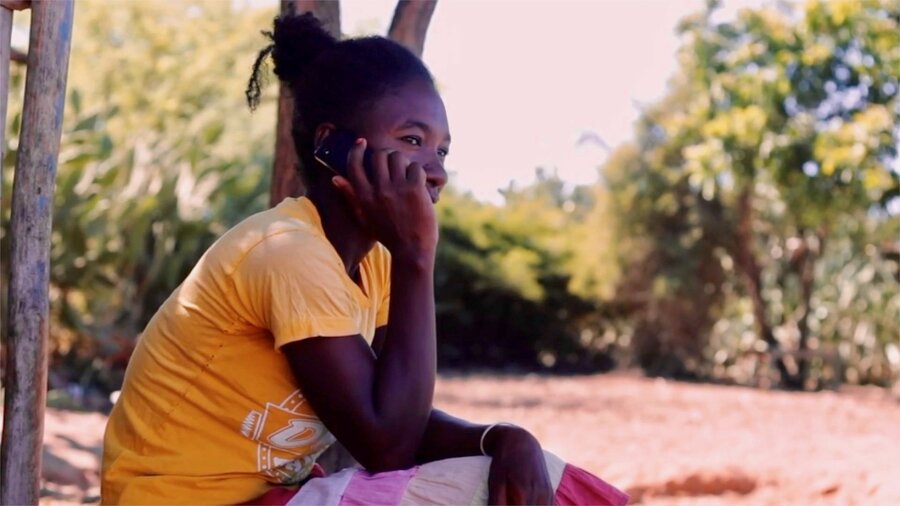
Our findings show previous efforts have made a tangible difference; people who received well-timed forecasting and other assistance were less hungry and more resilient after the weather shocks. Anticipatory cash assistance gave people a choice in prioritizing what they needed, when they needed it.
“I received explanations and training on how to produce better,” says Malagasy farmer Vola Chantal, of WFP’s support. “Nothing was left to chance.”
